Preview |
PDF (Original Article)
- Requires a PDF viewer such as GSview, Xpdf or Adobe Acrobat Reader
3MB |
|
Other (Supporting Material)
1MB |
| Item Type: | Article |
|---|---|
| Title: | Caveolin-3 and Caveolin-1 interaction decreases channel dysfunction due to Caveolin-3 mutations |
| Creators Name: | Benzoni, P., Gazzerro, E., Fiorillo, C., Baratto, S., Bartolucci, C., Severi, S., Milanesi, R., Lippi, M., Langione, M., Murano, C., Meoni, C., Popolizio, V., Cospito, A., Baruscotti, M., Bucchi, A. and Barbuti, A. |
| Abstract: | Caveolae constitute membrane microdomains where receptors and ion channels functionally interact. Caveolin-3 (cav-3) is the key structural component of muscular caveolae. Mutations in CAV3 lead to caveolinopathies, which result in both muscular dystrophies and cardiac diseases. In cardiomyocytes, cav-1 participates with cav-3 to form caveolae; skeletal myotubes and adult skeletal fibers do not express cav-1. In the heart, the absence of cardiac alterations in the majority of cases may depend on a conserved organization of caveolae thanks to the expression of cav-1. We decided to focus on three specific cav-3 mutations (Δ62-64YTT; T78K and W101C) found in heterozygosis in patients suffering from skeletal muscle disorders. We overexpressed both the WT and mutated cav-3 together with ion channels interacting with and modulated by cav-3. Patch-clamp analysis conducted in caveolin-free cells (MEF-KO), revealed that the T78K mutant is dominant negative, causing its intracellular retention together with cav-3 WT, and inducing a significant reduction in current densities of all three ion channels tested. The other cav-3 mutations did not cause significant alterations. Mathematical modelling of the effects of cav-3 T78K would impair repolarization to levels incompatible with life. For this reason, we decided to compare the effects of this mutation in other cell lines that endogenously express cav-1 (MEF-STO and CHO cells) and to modulate cav-1 expression with an shRNA approach. In these systems, the membrane localization of cav-3 T78K was rescued in the presence of cav-1, and the current densities of hHCN4, hKv1.5 and hKir2.1 were also rescued. These results constitute the first evidence of a compensatory role of cav-1 in the heart, justifying the reduced susceptibility of this organ to caveolinopathies. |
| Keywords: | Caveolin-3, Caveolin-1, Electrophysiology, HCN4, Kv1.5, Kir2.1, Caveolinopathies, Animals, Cricetinae, Cricetulus, Mice |
| Source: | International Journal of Molecular Sciences |
| ISSN: | 1422-0067 |
| Publisher: | MDPI |
| Volume: | 25 |
| Number: | 2 |
| Page Range: | 980 |
| Date: | 12 January 2024 |
| Official Publication: | https://doi.org/10.3390/ijms25020980 |
| PubMed: | View item in PubMed |
Repository Staff Only: item control page

 Tools
Tools Tools
Tools

